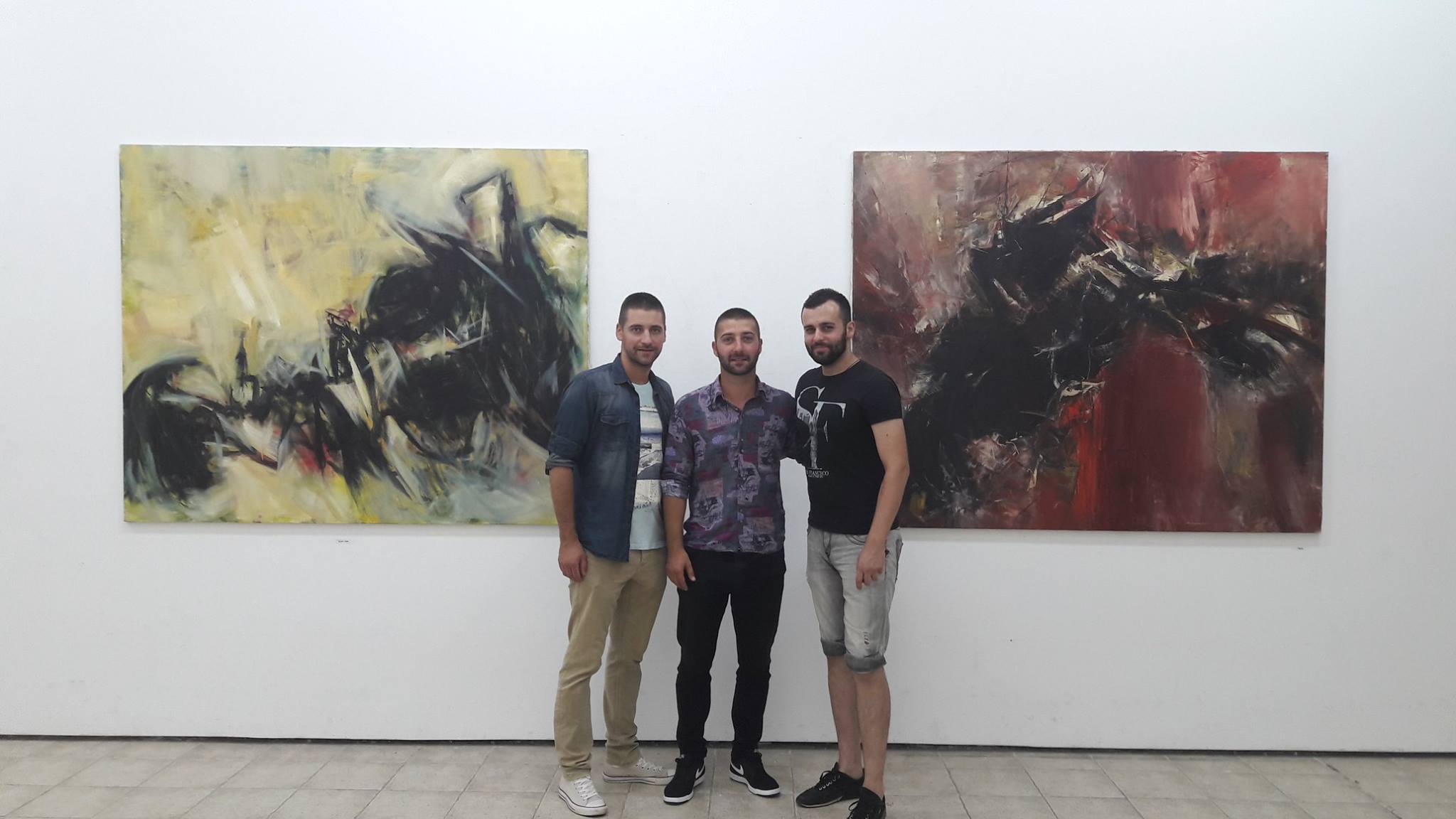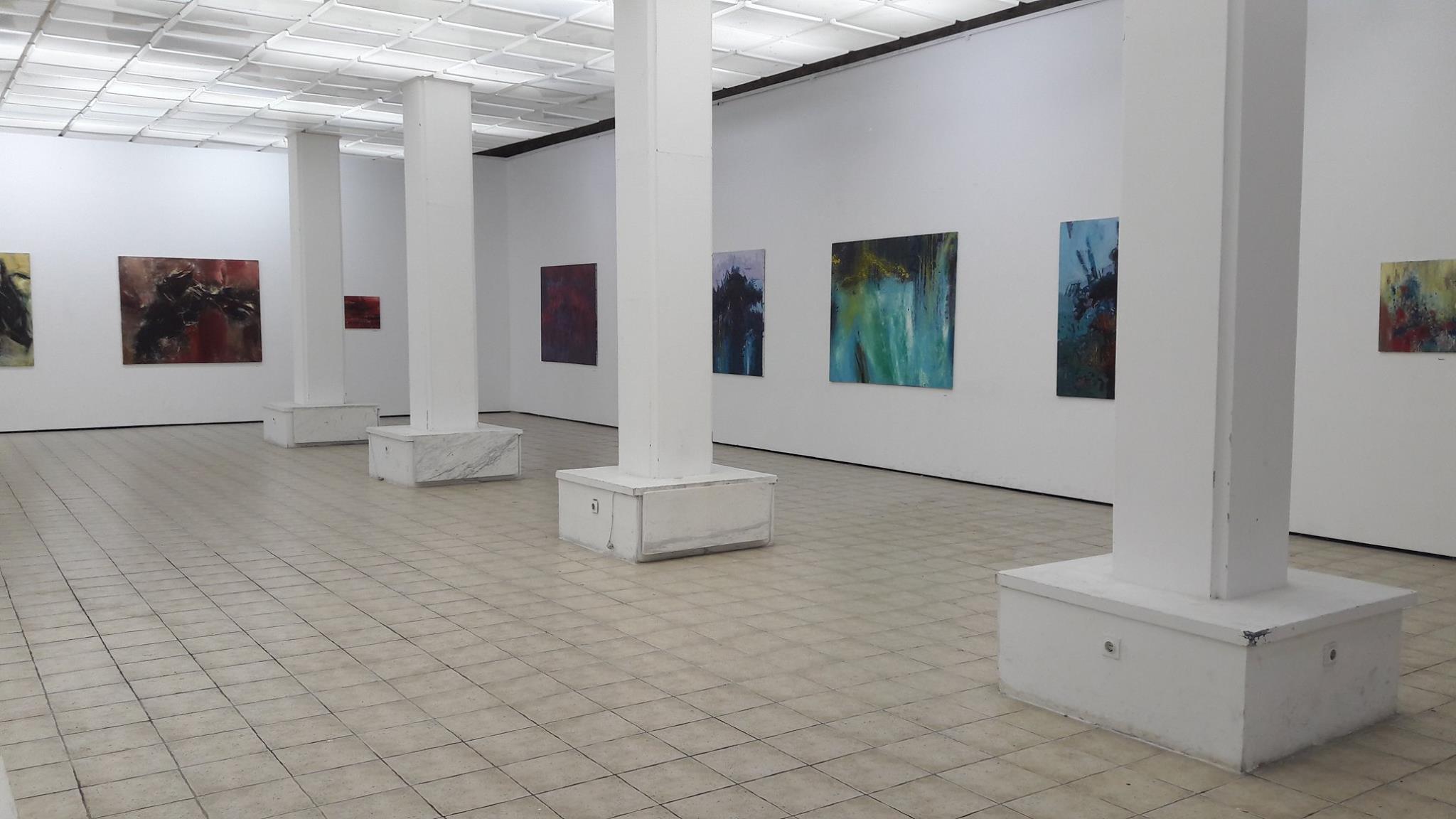


















“Inner state of mind”
The inner state of the mind is, as we know and feel from experience, a variable category, and to no small extent. Rarely when it lasts for a long time, one can at least talk about its static. Knowing all this, in that sense and on that path, one should go in search of understanding this collection of images under that name.
The ephemerality of a state of mind, its changeability, the desire to express what is possible as faithfully as possible through artistic means, that is what requires dexterity and speed in reaction, skill in finding an adequate form and composition, the choice of colors that will express the current emotional state in the best way artist. On the other hand, when we speak from the perspective of the observer, the adventure of figuring out and understanding the realized works will in fact be his attempt to take on the role of a psychoanalyst, the who will be able to evoke the emotions that inspired the artist himself to communicate them to us through artistic means and methods.
So, on the one hand, we have the artist who says that it hurt me, that horrified me, that scared me, that disappointed, delighted or delighted me, and on the other hand we have the observer, who is invited to recognize all these mental states and to if he is able, he experiences them himself or at least states them. In the previous enumeration of everything that can move an artist to a creative act, we actually admitted that most stimuli come from the external environment, from what surrounds us, and we are surrounded by nature and surrounded by people. They can terrify us, scare us, disappoint us, delight us or delight us.
However, Nemanja Vučković does not paint nature as it is, although such a conclusion can be reached through associative means, he does not paint people who were certainly the initiators of many of his emotions, there is no figuration in his works, he paints his experiences. He does not paint what moves him emotionally, but tries to convey his pure emotions on canvas. He records the pulsations of his soul, pictures the explosions and implosions of his inner universe.
There is a story from ancient China about the painter Wu Tao-tsu, which has different versions in different books, but essentially boils down to the same thing. In Lawrence Binyon’s version from the book “Flight of the Dragon” it reads as follows: “The magnificent legend of the end of Wu Tao-tzu symbolically shows how painting was perceived: the painting is the house of the painter’s soul.” Wu Tao-tzu painted a huge landscape on the wall of the palace, and when the emperor saw it, he was lost in admiration. Wu Tao–tzu clapped his hands. The cave in the picture opened up. The painter stepped into his painting and was never seen again.” Nemanja’s painting and artistic experience are reminiscent of Wu Tao-tsu, only in reverse. The old Chinese painter entered his painting and never came back, that is, no one ever saw him again. Unlike him, Nemanja came out of his paintings. He came out with his emotions. If the painting is really the house of the painter’s soul, and we will agree that it is, then we have about thirty houses in front of us, at the door of which the artist himself is waiting for us. The same artist in front of each picture. Just in a slightly different way. Nemanja Vucković.
Zvonimir Kostić Palanski
Writer, sculptor, graphic artist and theologian
August 2017.
For the exhibition “Inner State of Mind”
Gallery of Contemporary Fine Art Nis, Pavilion in the Fortress, – Niš
